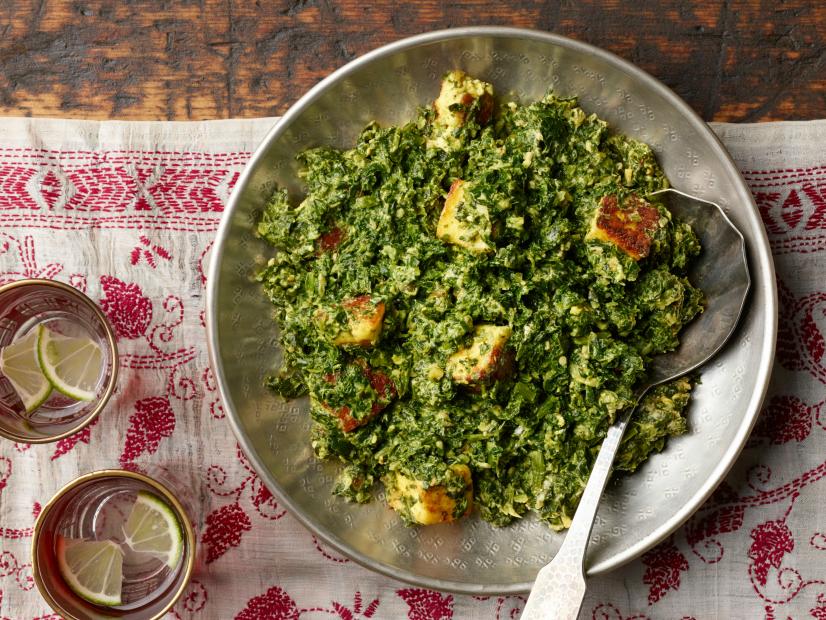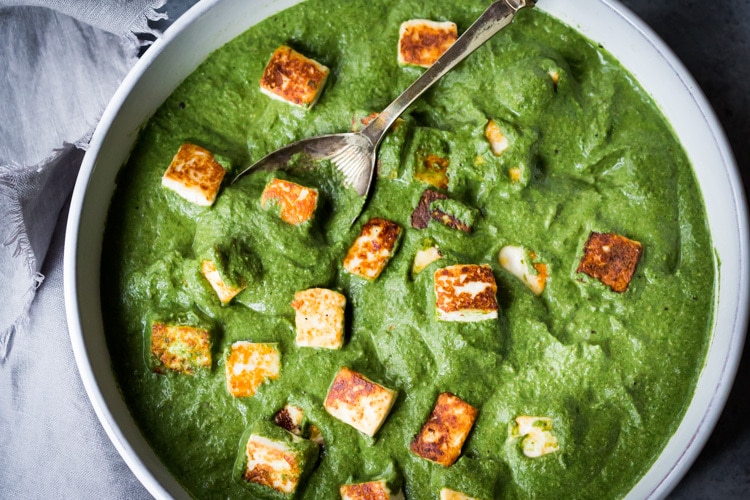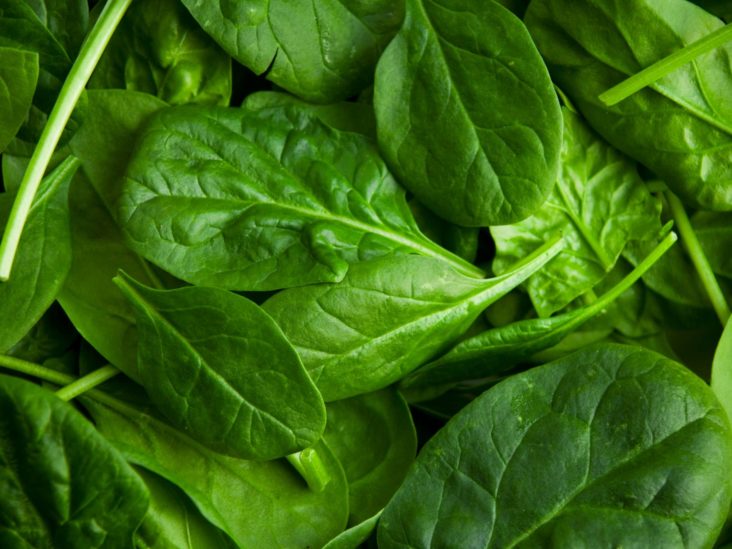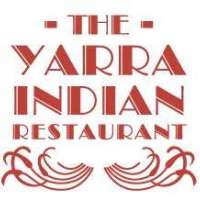Saag and palak are intensely green Indian curries, containing greens, onion, ginger, and tumeric. The two dishes may sometimes be served interchangeably in restaurants, but do contain different spices and dairy ingredients. Palak is actually a type of saag – the word for green leafy vegetables in Hindi.
Starting to get the idea now? Let’s try to dig deeper.
What is Saag?

As mentioned earlier, Saag refers to all leafy green vegetables. Among the most common examples include spinach, fenugreek, mustard greens, and collard greens. Normally, when preparing Saag curry, the greens are mixed with spices and other ingredients. However, due to its popularity, the dish now comes in a number of variants.
Often, the greens are combined with meat, such as goat, lamb, or chicken. Sometimes, depending on one’s preference, the meat can be swapped for seafood ingredients, such as fish, shrimp, and prawns. Meanwhile, for vegetarians, the meat is often replaced with potatoes and cauliflower. To date, Saag is considered a staple in Indian cuisine and is most popular in the Punjab region.
What is Palak?

Essentially, Palak is a type of Saag that uses spinach as its main ingredient. While Saag is a mixture of different greens, Palak only has mature spinach leaves combined with rich spices. Due to this, it is recognized mainly as a vegetarian dish.
Difference Between Saag and Palak
Green Differences
Saag refers to all leafy green vegetables; a true saag curry, sometimes called saagwala, includes mustard greens and fenugreek leaves as well as spinach leaves. Palak is the Hindi word for spinach. Thus, the only greens in a palak curry are mature spinach leaves.
Aromatic Variations
Dozens of recipes for saag and palak curries exist; the slight variations are determined by family tradition and cooks' preferences. Saag generally contains a blend of spices known as garam masala, which usually contains coriander, ginger, cardamom, and black peppercorns. Garlic also has a big presence in this heady curry. Palak curry relies on cumin, fennel, and coriander for flavor, with a bit of cayenne and red chiles for heat. Garlic is noticeably absent from authentic palak curries.
Diverse Dairy
Saag curry tends to be richer and creamier, due to the addition of heavy whipping cream at the end of the cooking process. Palak curry uses yogurt, instead of cream, as the dairy ingredient. This results in a drier sauce that has a distinct tanginess. The yogurt gets stirred in at the end of the cooking process too, but it can curdle when warmed, so chefs often stir a small amount of cream into the yogurt before adding it to the curry to prevent the curdling without adding too much milky flavor to the palak.
Classic Paneer
Palak and saag curries are often served with paneer or Indian cheese. Cubes of this bland cheese, made by cooking milk with lemon juice, can be stirred into the pureed sauces to create a vegetarian entrée that's traditionally served over rice. Restaurants sometimes serve saag curry mixed with cubes of cooked chicken or lamb, too.
Source: ehow, recipemarker



































